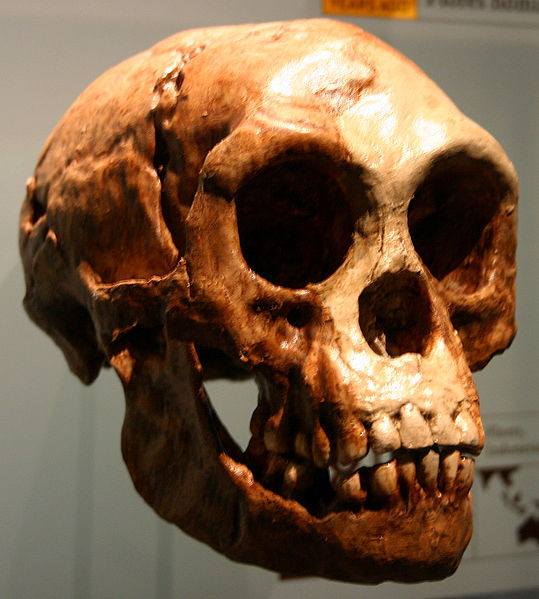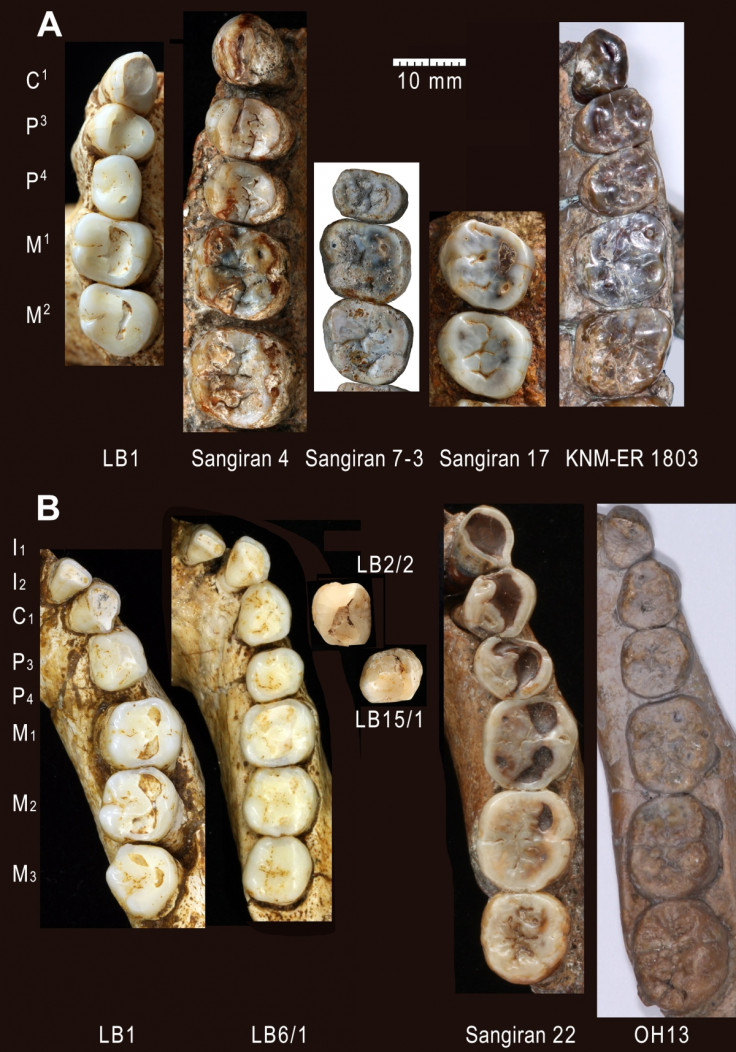Hobbit teeth shows Homo floresiensis was unique species that shrank after getting stranded on Flores

Homo floresiensis – or 'hobbits' – was a unique Homo species rather than being a modern human with some sort of mystery growth disorder, scientists have stated. A study of 40 fossilised hobbit teeth indicates H. floresiensis had very different traits to those of Homo sapiens, but with characteristics seen in earlier hominins.
The team, led by Yousuke Kaifu from University of Tokyo, Japan, carried out the first comprehensive analysis of the teeth of H. floresiensis – 12 years after it was first discovered on the Indonesian island of Flores. Previous studies suggested hobbit teeth were very much like modern humans, but the latest findings contradict this.

H. floresiensis was around three feet tall and lived between 94,000 and 18,000 years ago. Since its discovery, scientists have debated whether it was a distinct species of ancient human, or if it was just a modern human with microcephaly – a condition that results in people having small heads, brains and bodies. "Researchers agree that this unique mosaic has significant evolutionary meaning, but disagree on what it is," the scientists wrote in the journal PLOS One.
They noted that dental records provided some of the best information in terms of hominin evolution as "abundant comparative fossil specimens are available". They compared the hobbit teeth with hundreds of samples from modern humans from Asia, Oceania, Africa and Europe. They also compared them with extinct hominins like Homo habilis.
Their findings showed hobbit teeth were as small and short as H. sapiens, but that they also had features seen in early hominins, providing an unusual dental medley. Its canine and premolars appeared primitive, while the hobbit molars looked more advanced. In general, H. floresiensis' teeth were most like Homo erectus from Java.

However, the Javan H. erectus was roughly the same height as modern humans. The authors say the hobbits likely got separated on the isolated island of Flores where they became smaller. "Combined with other evidence such as geographic proximity and a report that the earliest evidence for hominins on Flores (1 million years ago) does not exceed the oldest record for H. erectus in Java (1.2 million years ago), we suggest that H. floresiensis evolved from early Javanese H. erectus or a related form from the ancient Sundaland," they wrote.
"H. floresiensis is not evidence for unexpectedly early hominin dispersal into Asia but is more likely an example of considerably greater flexibility in hominin physical evolution as originally proposed."
They said the reason why the hobbit experienced such a strange evolution is not known, but it has been suggested dietary changes and food-processing practices could have played a role. "Evidence for advanced food-processing is currently not recognised at least in their simple stone technology, and the diets of H. floresiensis still remain to be studied. Further archaeological and other research programs are needed to address this interesting question."
© Copyright IBTimes 2025. All rights reserved.






















